Burberry continued to deliver growth in its first half despite a “volatile and uncertain” market.
However, growth was slower than in the previous half, and chief financial officer Stacey Cartwright said: “The outlook is less clear than it has been for a long time.”
She said that despite its upscale position, Burberry was not immune to the economic turmoil and that there had been some impact from the deepening financial crisis last month.
“There was increased volatility week to week, especially in September,” she said.
Cartwright added that the volatility was global, but sales in bigger cities were holding up best.
Total revenue rose 13 per cent to £539 million and like-for-like sales were up 3.4 per cent in the six months to September 30. In the preceding half of last year, like-for-like growth was 6 per cent.
Performance was buoyed by sales in emerging markets, which soared 50 per cent. Growth was achieved across the luxury group’s international portfolio, except Spain. The dire economic environment hit sales at the Spanish arm, which were down 20 per cent.
Citi analyst Thomas Chauvet said: “Further slowdown in like-for-likes was anticipated given deterioration in the macroeconomic environment, volatile trading conditions, higher markdown and weakness in Spain.”
Cartwright said Burberry’s average ticket price had risen 20 per cent year on year. The retailer will build on categories including shoes and childrenswear, which it hopes will each count for 10 per cent of business in the next few years.





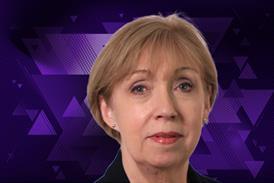

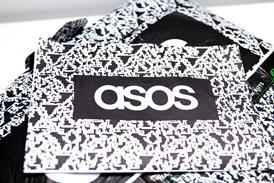


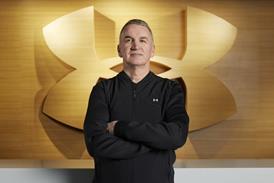

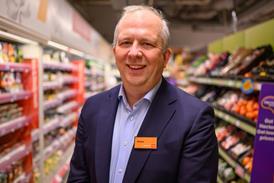
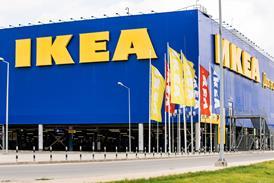










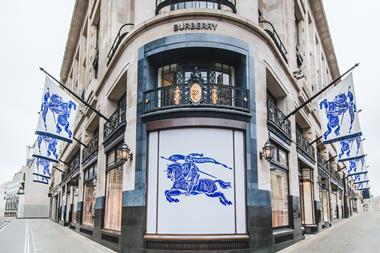
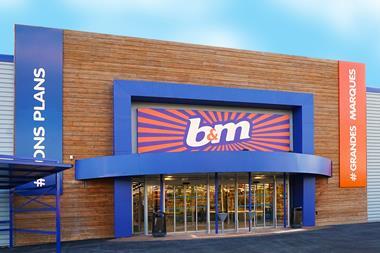
No comments yet